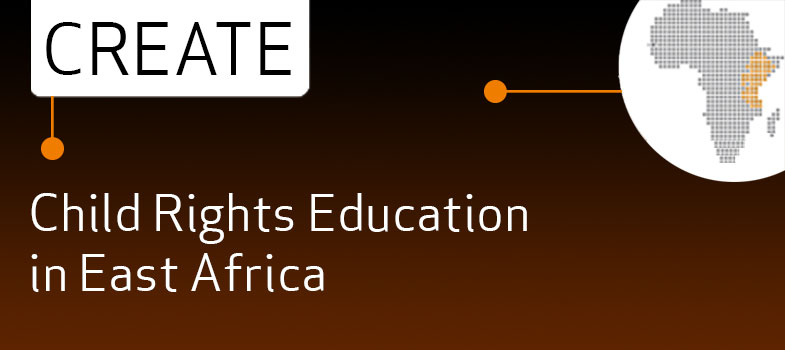1.7 Vulnerability
The fact that children are still developing means they are especially vulnerable to harm. For example, they are more at risk than adults from poverty, inadequate health care, poor nutrition, unsafe water, inadequate housing, environmental pollution or violence. Because of this vulnerability, adults have responsibilities to provide appropriate protection to ensure their safety and well-being. This includes parents and other caregivers, professionals working with children, and local communities as well as governments.
The degree of vulnerability for each child varies according to the age of the child, their individual characteristics and the circumstances they live in. For example, a teenager who is visually impaired is at a higher risk of rape than a teenager who is not. Very young children are particularly vulnerable when they are sick because their small bodies will dehydrate very quickly. Children, especially girls, can be vulnerable to rape, child labour and other forms of abuse because of their living environment. Children living in slums may be particularly vulnerable to poor hygiene and sanitation, pollution, and exposure to violence. The culture of silence and secrecy surrounding sexuality in many African cultures exposes children to sexual abuse, and poor management of body changes.
1.6 Dependency
